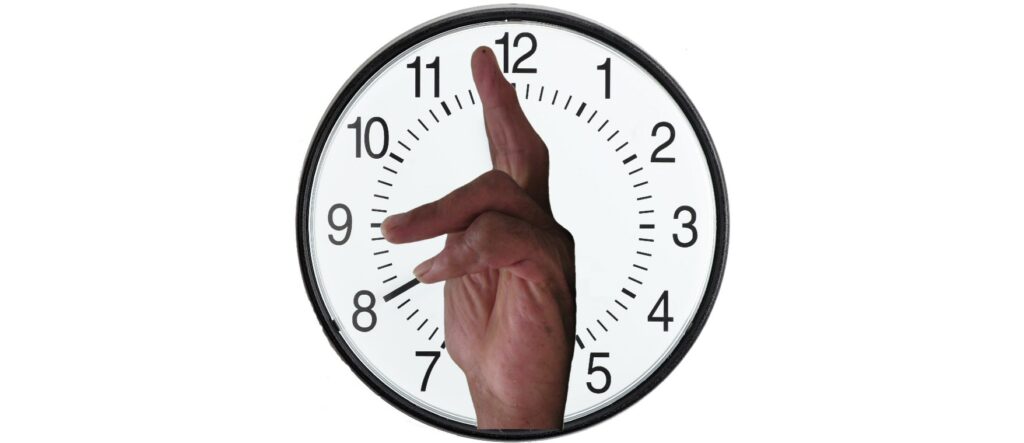The Dupuytren Research Group was founded ten years ago this month.
Our original name was Dupuytren Foundation. Our original mission was simple: to advocate for Dupuytren patients. Providing patient education, physician education, connecting patients with patients, connecting patients with specialists, connecting surgeons with researchers, investigating alternative treatments, providing grants to researchers – these were good, but not enough. It was stirring the pot but not changing the ingredients. Dupuytren has easily resisted nearly 200 years of this.
The biggest bottleneck in Dupuytren treatment has been treating Dupuytren like a surgical disease, as a mechanical problem that can fixed by a surgeon. But Dupuytren is not a surgical disease. Dupuytren is a medical disease. This means that tools leading to breakthroughs in medical diseases can be used to develop breakthroughs for Dupuytren disease treatment. Taking this as the starting point, we changed our name to the Dupuytren Research Group to emphasize a mature mission, that the best advocacy for Dupuytren disease is to do what it takes to develop a cure for Dupuytren disease and related conditions.
The sharpest tool in medical disease research drawer is the biomarker. Everyone with Dupuytren has simple questions that need clear answers. “Is this Dupuytren?” “Is it the bad kind?” “Will this treatment keep it from getting worse?” The only answer doctors can honestly give has always been the same: “Time will tell.” We need better, and we need it now. The answer should be “We’ll know as soon as we get the blood test results.”
This is why our core focus is to develop a Dupuytren biomarker blood test. We need a biomarker blood test to develop preventive treatments and take the guesswork out of care. It is the essential step needed to make progress to a cure.
We are almost there!
Your trust and support made this pioneering research possible.
Please help us complete the work that you have helped create.
Please give generously to change the future of Dupuytren and related disorders.






